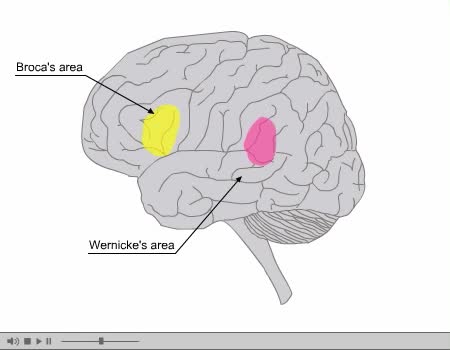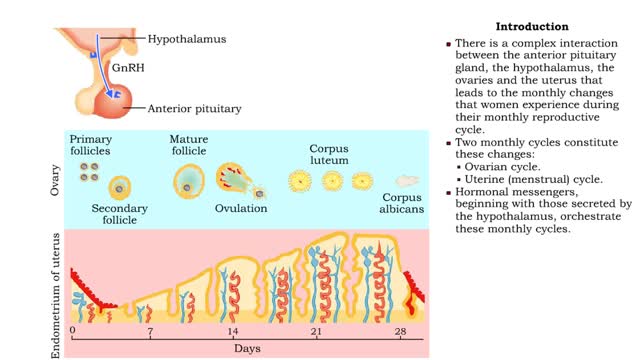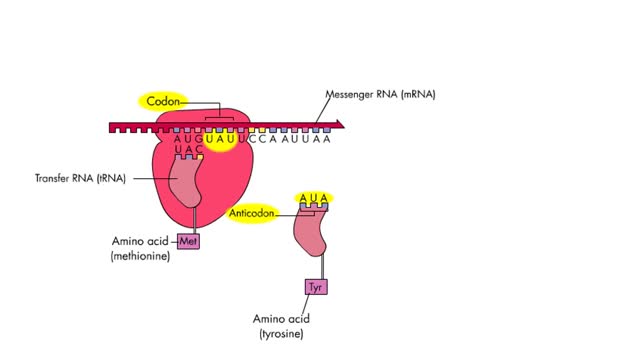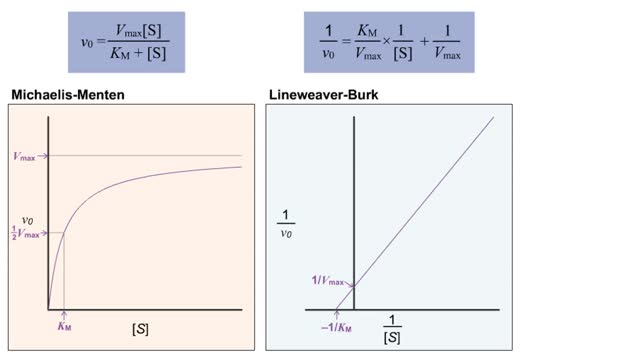Search Results
Results for: 'antenna complex'
Proteins Defined, Hierarchy & Composition of Cells
By: HWC, Views: 10583
Proteins are long chains of amino acids linked together by peptide bonds. Together with the other three biological macromolecules—carbohydrates, lipids, and nucleic acids—proteins are the building blocks of cells. Proteins are the most complex and abundant biological macromolecules in cel...
By: Administrator, Views: 14277
Specific language areas of the brain. Many cortical (and non-cortical!) regions are involved in language processing. The primary language pathway begins in Wernicke’s area (posterior temporal lobe), which receives information from the auditory and visual cortices and assigns meaning (= lang...
What Are Carbohydrates? Importance of Carbs & High Carb Food
By: HWC, Views: 11243
We hear a lot about carbohydrates in the news. Everybody seems to be on a low-carb diet. The news media often has stories on this diet fad, and companies are busy producing products with reduced carbohydrates. What's this fascination with carbohydrates? In a word: "Diet." The fact is that carb...
By: HWC, Views: 10569
S P Substrate in great excess ([S] -- [E]) (More correctly [S] -- KM, but more on this later) Zero order rate equation: v = k where k is the zero-order rate constant (with respect to substrate). (More correctly [S] -- KM, but more on this later) Substrate forms complex with enzyme. ...
By: HWC, Views: 11532
• There is a complex interaction between the anterior pituitary gland, the hypothalamus, the ovaries and the uterus that leads to the monthly changes that women experience during their monthly reproductive cycle. • Two monthly cycles constitute these changes: • Ovarian cycle. • Uter...
The 4 steps of translation Animation
By: HWC, Views: 6953
Translation is the process of formation of a polypeptide chain according to codon present in mRNA. The four steps of translation are: Activation or charging of tRNA Initiation – recognition of start codon, binding of ribosomal subunits to mRNA and formation of initiation complex with Met-tR...
Virtual Enzyme Kinetics & Lineweaver Burk Plot
By: HWC, Views: 10677
• The double-reciprocal (also known as the Lineweaver-Burk) plot is created by plotting the inverse initial velocity (1/V0) as a function of the inverse of the substrate concentration (1/[S]). • This plot is a useful way to determined different inhibitors such as competitive, uncompetitive...
By: HWC, Views: 10705
More complex sugars are called polysaccharides (from "poly" meaning "many" and "saccharum" meaning "sugar"). Many things in nature are made of polysaccharides. Here we show one of the polysaccharides in corn, another in wood, and another in the exoskeletons of insects like grasshoppers. How are a...
Carbohydrate digestion - mouth and stomach & pancreas and small intestine
By: HWC, Views: 10936
• Digestion of complex carbohydrates (starches and glycogen) involves: • Amylases produced by the salivary glands and pancreas. • Brush-border enzymes in small intestine. • In the mouth, amylase from the parotid and submandibular salivary glands begins carbohydrate digestion. â€...
Advertisement











